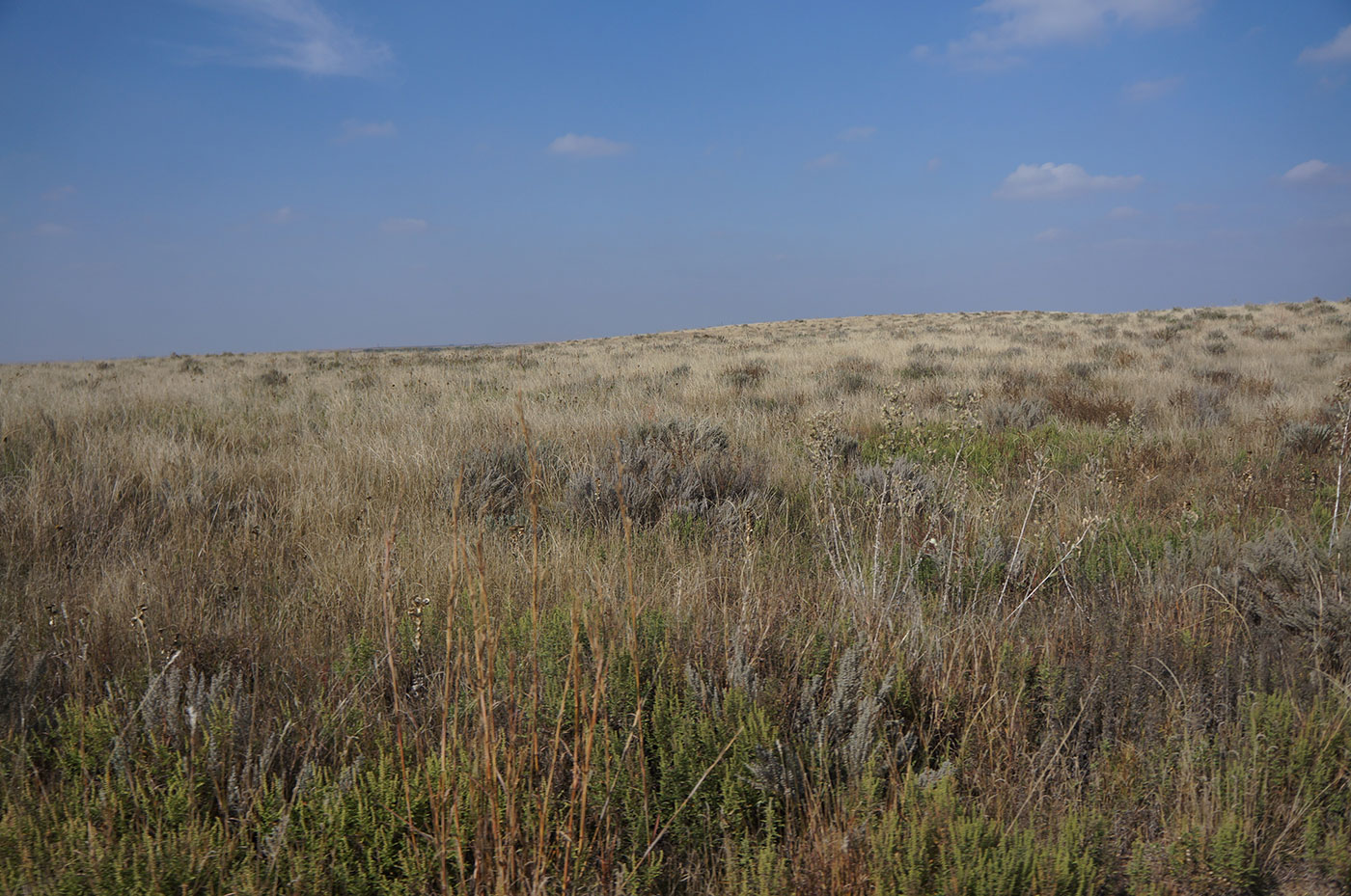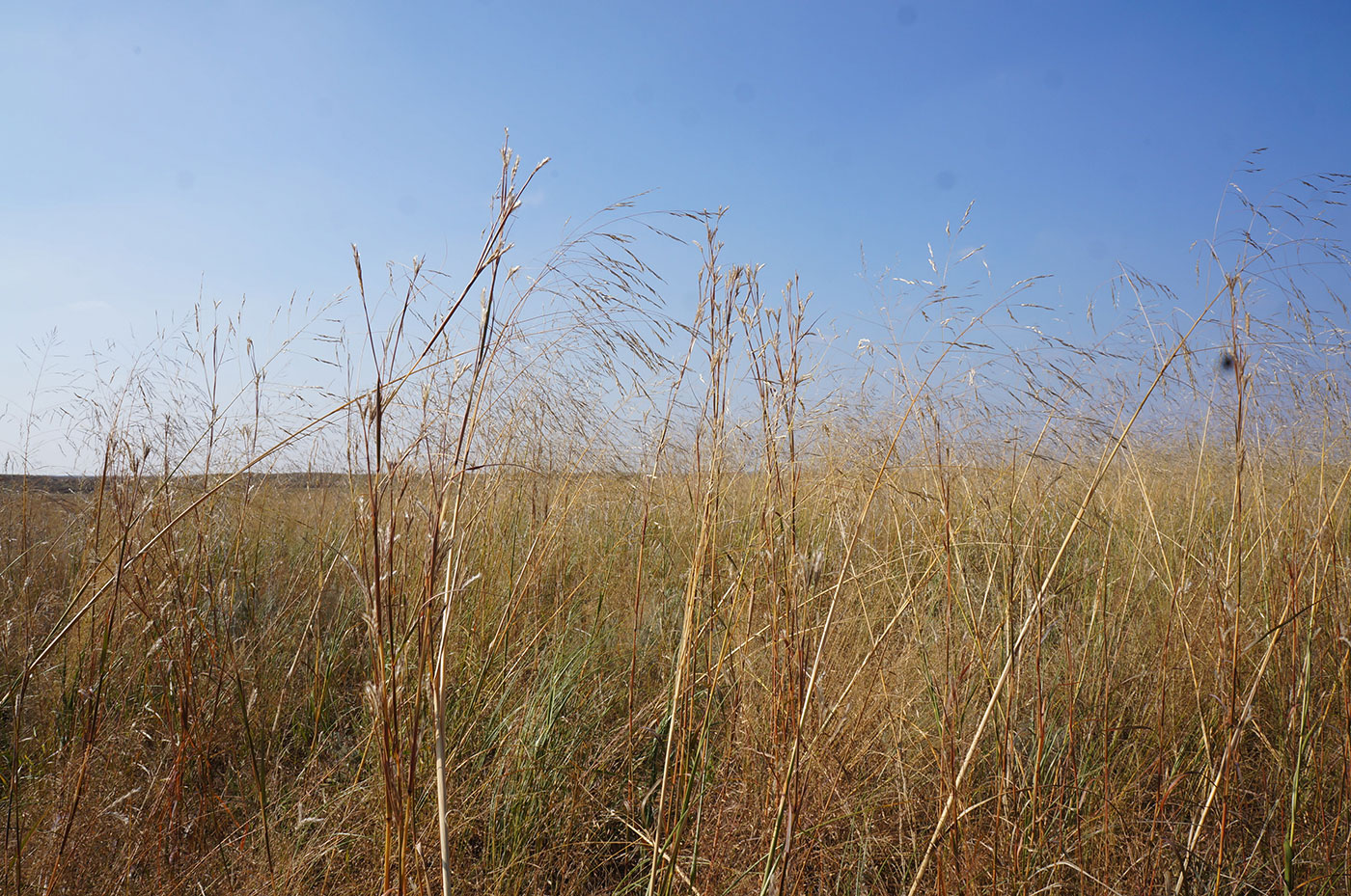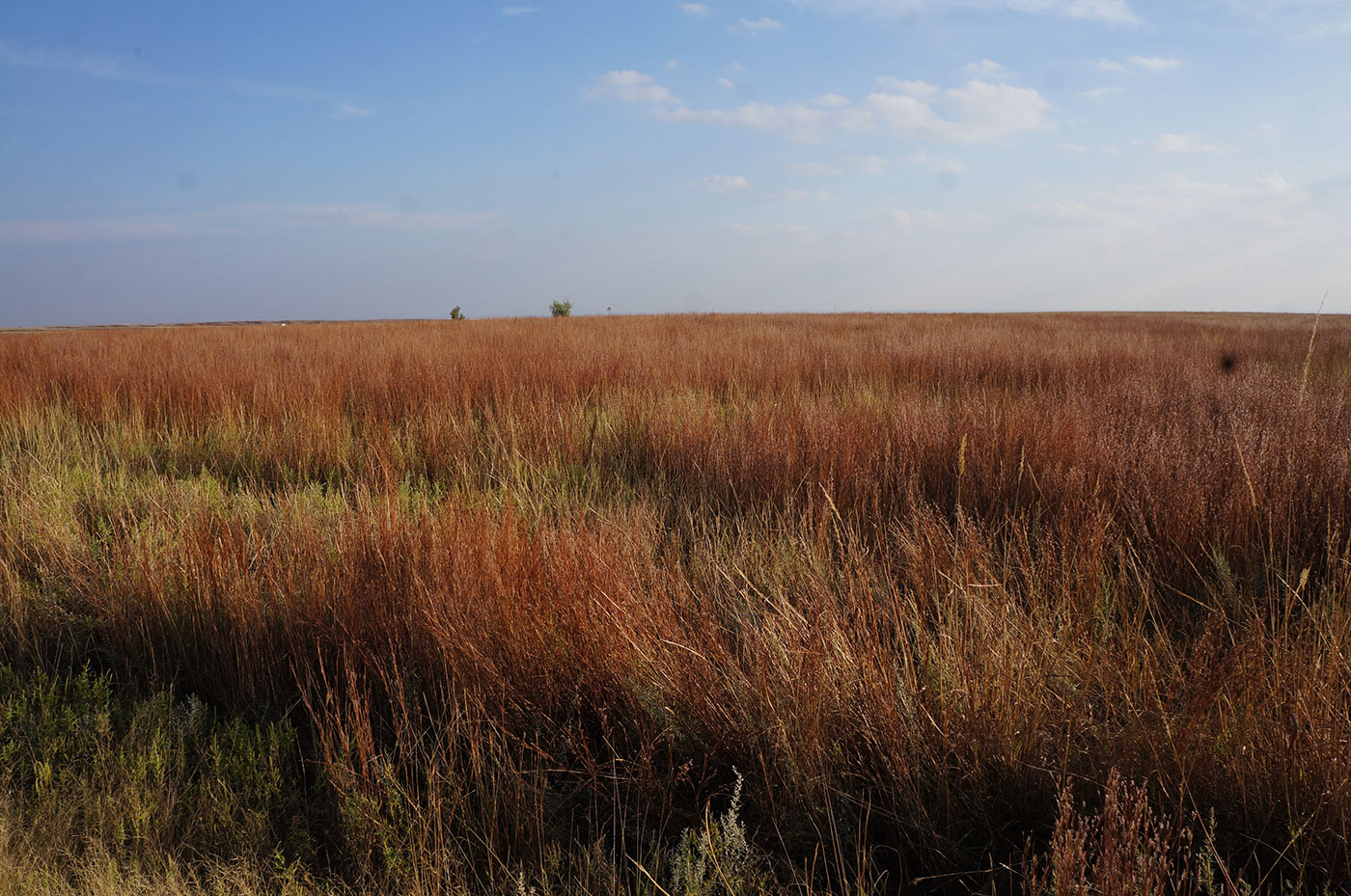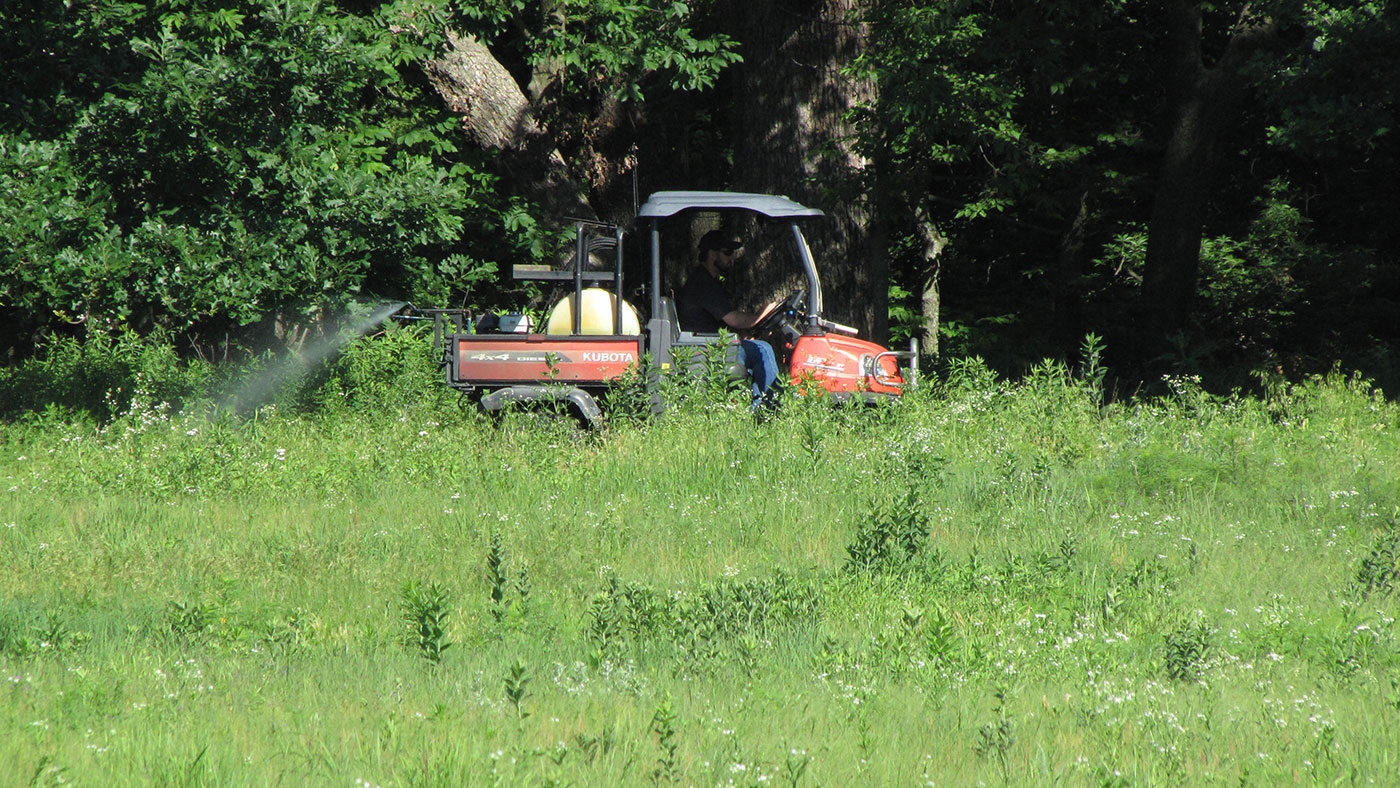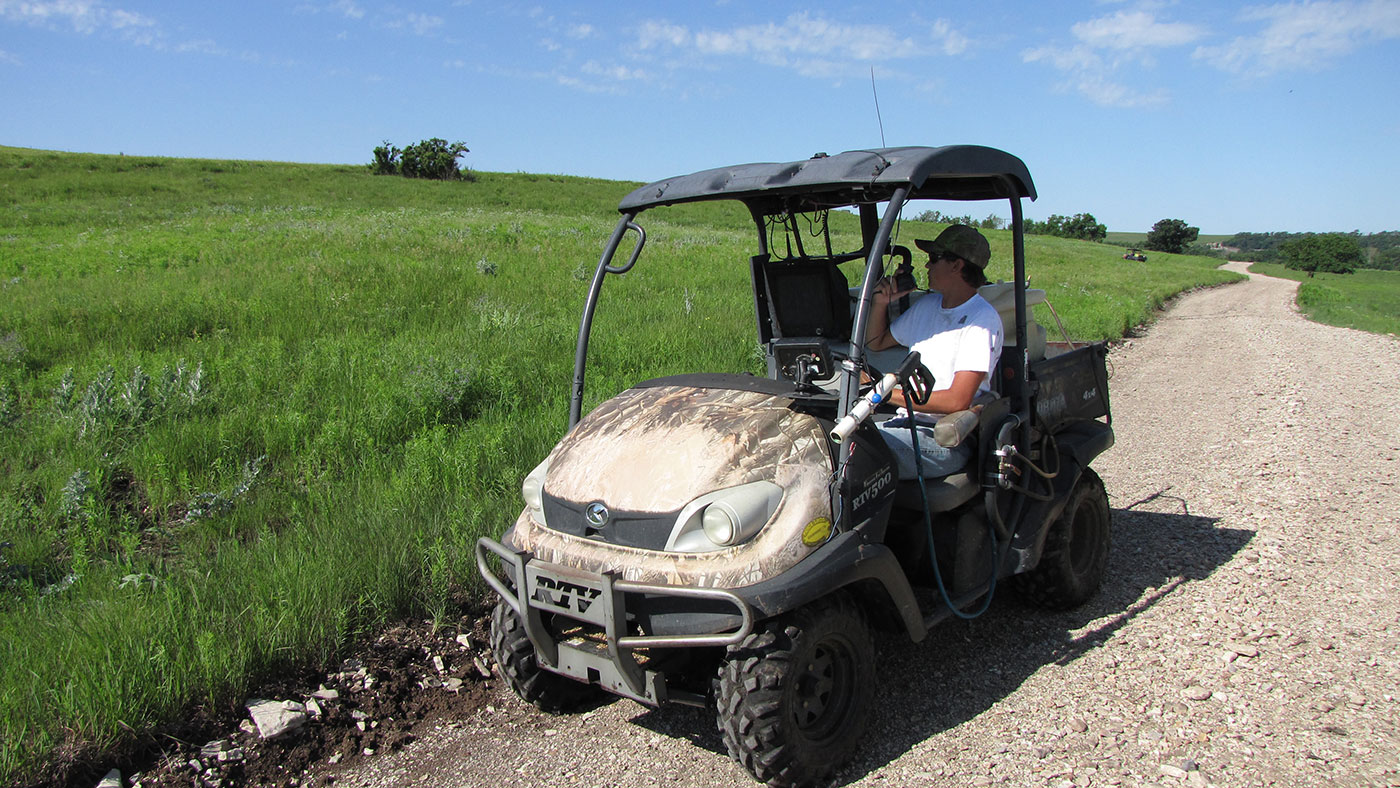| Type | CEC-support Ranch Pilot |
| Organization | Pilgrim Ranch |
| Country | USA |
| Region | Chase County, Kansas |
| Grass Type | Tallgrass |
| # of head of cattle | N/A (Custom grazing operation) |
| Hectares | 485 |
| Language | English |
| Date modified | May 2015 |
The Pilgrim Ranch project site consists of 28 hectares of tallgrass prairie located within the USFWS’s Flint Hills Legacy Conservation Area and the Flint Hills focus area of the Partners for Fish and Wildlife program. This site is invaded by non-native Old World Bluestem, a warm season grass that is difficult to control as it can out-compete native warm season grasses and forbs. Furthermore, the site is adjacent to a very large unfragmented block of native tallgrass prairie that, if invaded by Old World Bluestem, could lose its rich diversity.
The goal of this project was to kill Old World Bluestem, using two applications of the herbicide Imazapyr (at a rate of 0.25/lbs/acre), which tends to eliminate the non-native grass without completely eliminating some native grass species. First, the site was burned in the spring, and then it was sprayed in June 2015. In addition, spot spraying was used for field and fence lines to prevent the spread of Old World Bluestem into the larger, intact, surrounding native grasslands.
Transects were set up prior to the first herbicide application to monitor project success by identifying any erosion that might occur as a result of killing the Old World Bluestem, ensuring the establishment of the native grasses, and checking for any residual invasive grass remaining after the application. A second chemical spray application is planned for spring 2015, with another prescribed fire planned prior to spraying if flue loads permit.
Partners for this project include the Commission for Environmental Cooperation, Kansas State Research and Extension, Kansas Grazing Lands Coalition, US Department of Agriculture-Natural Resources Conservation Service, and US Fish and Wildlife Service. Through the efforts of this project and its partners, it is hoped that a technique may be found that will help control the invasion of Old World Bluestem into native tallgrass prairie across Kansas.
